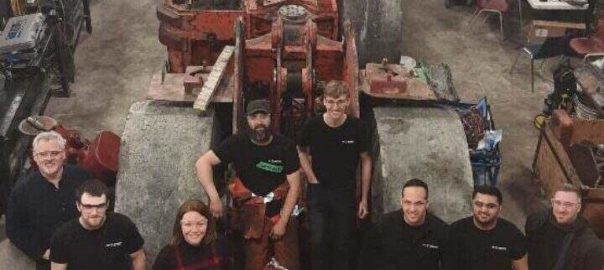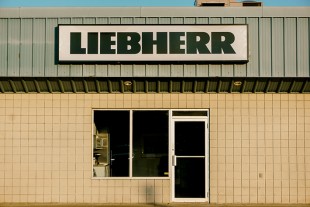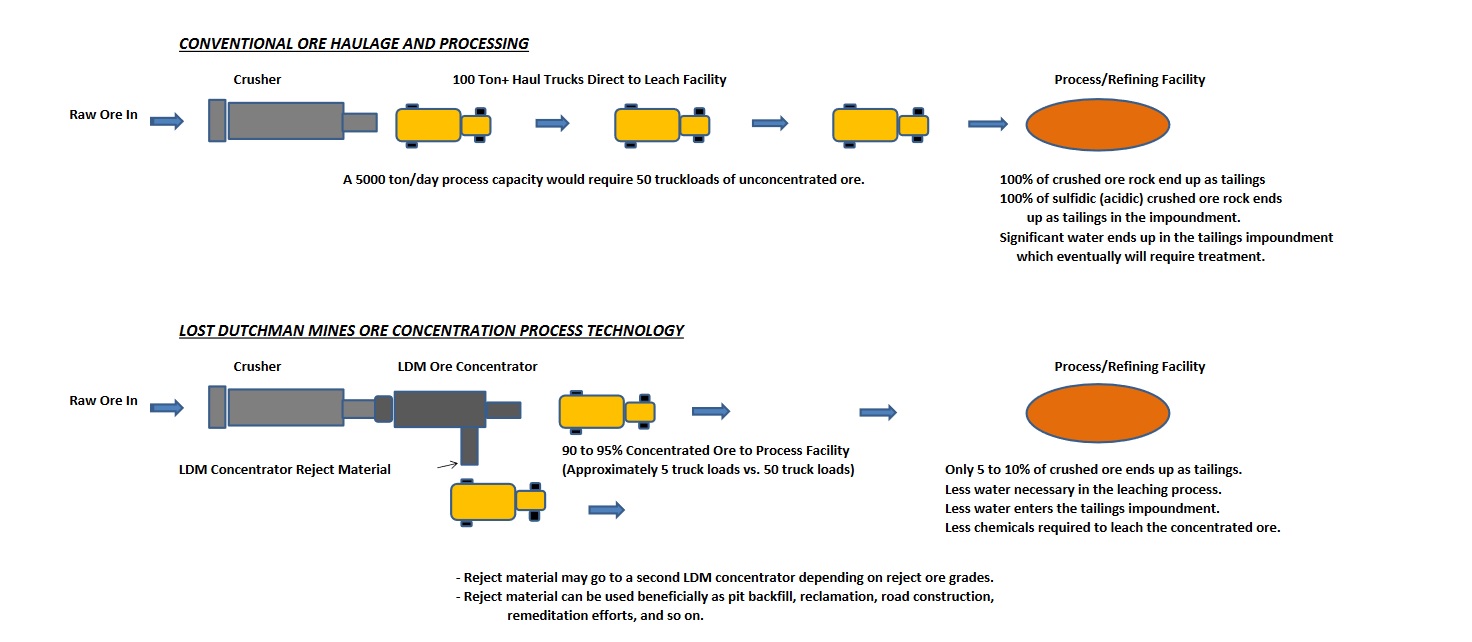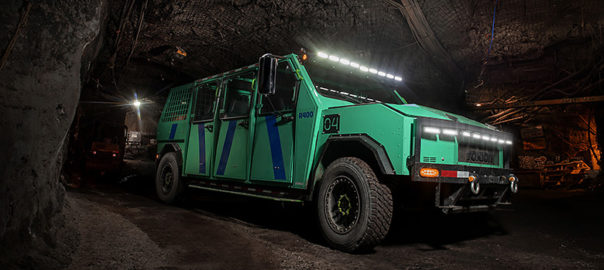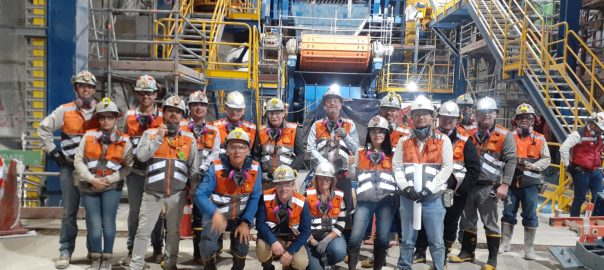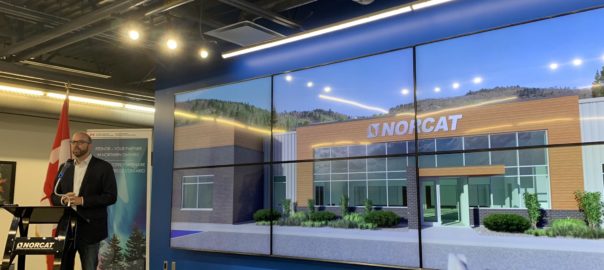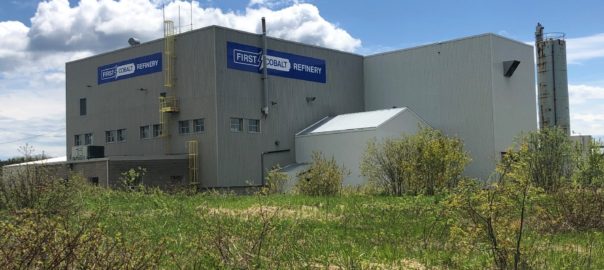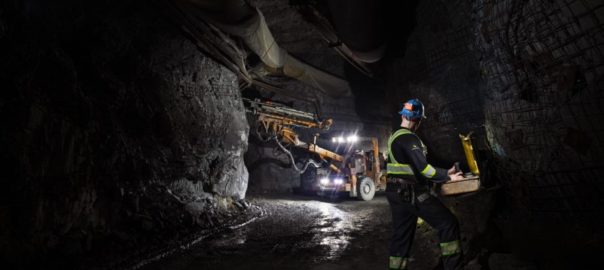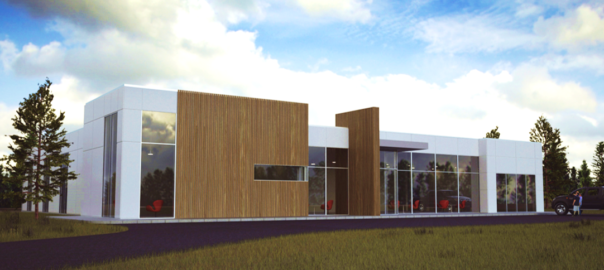Cambrian College, in Greater Sudbury, Ontario, is trying to equip miners with the relevant skills to facilitate the sector’s electrification transition by offering a new Corporate Training course focused on battery-electric vehicles (BEVs).
The BEV training course is being delivered by Cambrian’s Corporate Training division in partnership with the College’s Centre for Smart Mining – part of Cambrian R&D, the college’s applied research division. The course is designed specifically for heavy-duty equipment technicians employed in the mining sector.
The use of industrial BEVs is increasing in modern mining and the industry needs skilled workers to implement and maintain this new technology, the college said.
“Cambrian’s latest Corporate Training course will ensure those employees already working in mining can obtain that expertise and qualifications in Greater Sudbury,” it said.
Stephen Gravel, Manager of Cambrian R&D’s Centre for Smart Mining, said: “An often overlooked, yet critical component in the adoption of new techniques and technologies in the mining sector is ensuring the workforce is adequately trained.
“A major barrier to getting new technologies like BEVs into mines is the lack of familiarity and comfort among heavy-duty equipment technicians in the field. The Centre for Smart Mining is looking to address this problem through targeted technology upskilling in a number of important high-tech areas; the first of which being BEVs.”
The course begins online shortly and will be led by a qualified instructor, Cambrian College said. On-campus in-person learning opportunities are expected to be available in the future as activities fully resume on the college’s campus. Those looking to upgrade their skillset will gain much needed industry knowledge, Cambrian College says, through four modules:
- Fundamentals of Battery Electric Vehicle Safety;
- Introduction to Battery Electric Mobile Equipment;
- Introduction to Battery Electric Vehicle Communication and Troubleshooting; and
- Practical Battery Electric Vehicle Training.
“At Cambrian, we’re committed to keeping up with the latest industry trends and making sure our courses are meeting demands in real time,” Cambrian College’s President, Bill Best, said. “The advancements in mining, especially with innovation and the shift to battery-electric vehicles, is just one area where we are the premier destination for those looking to upgrade their skills to be ready for the jobs that just didn’t exist a few short years ago.”







